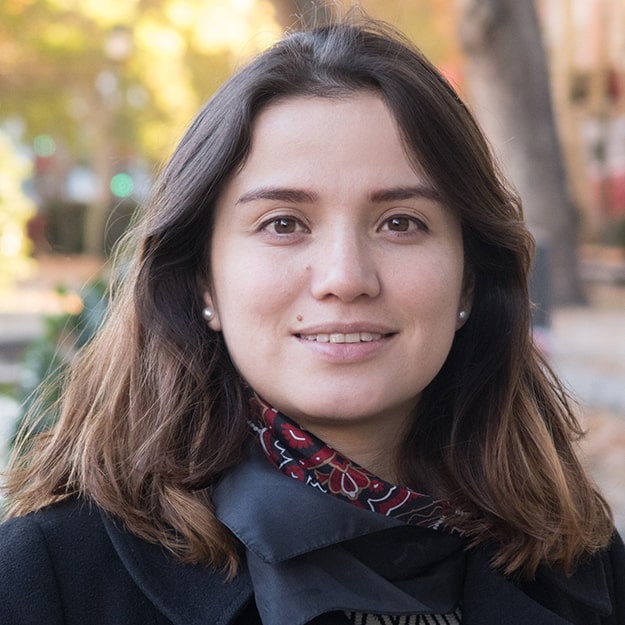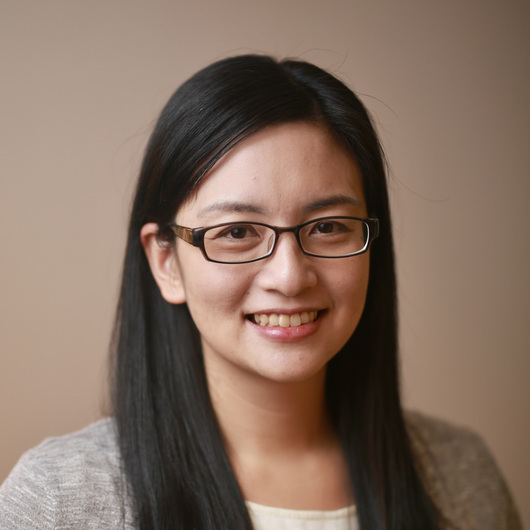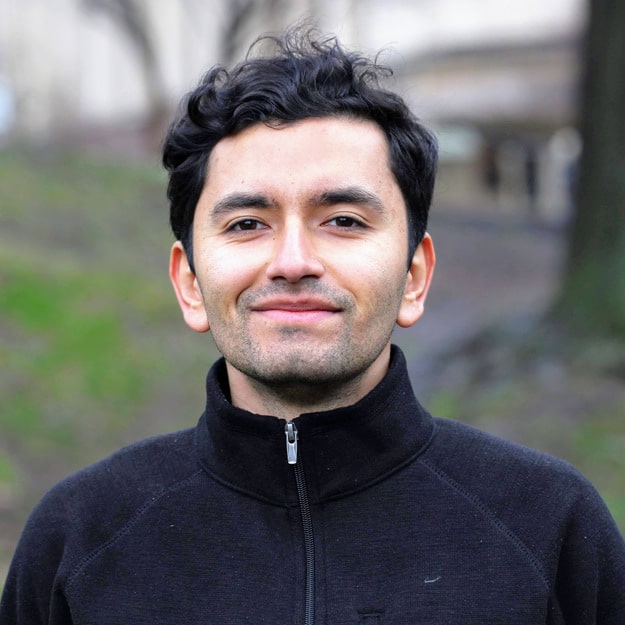PSC's HPC AI and Big Data Group
Converging AI and high performance computing capabilities, empowering research to grow beyond prevailing constraints.
NVIDIA DGX-2
Available for the open research when using Bridges, the world's most powerful DEEP LEARNING SYSTEM for the most complex AI challenges.
The Artificial Intelligence and Big Data group at Pittsburgh Supercomputing Center converges Artificial Intelligence and high-performance computing capabilities, empowering research to grow beyond prevailing constraints.
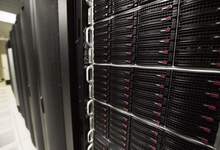
Bringing the Power of HPC to AI

Developing Best Practices
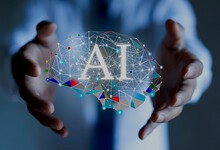
Connecting to Experts
Core Initiatives
Compass
The AI & Big Data group supports PSC's Compass, which consists of several parts:
 |
Compass LabLeveraging PSC's relationships with vendors, Compass Lab exposes new technology to faculty, students and partners. Open CompassWorking with the research community, Open Compass undertakes deep exploration of research projects. Benchmarks and best practices in AI will be developed and adopted. AI Compass ConsortiumPartnering with the private sector, the AI Compass Consortium applies best practices to understand and overcome the challenges in adopting and scaling AI. |
Hardware & Software Resources
PSC brings powerful hardware and software to bear on your research
Bridges-2 is a uniquely capable resource for empowering research by bringing together HPC, AI and Big Data. It is designed to support familiar, convenient software and environments for both traditional and non-traditional HPC users. Its richly connected set of interacting systems offers exceptional flexibility for data analytics, simulation, workflows and gateways, leveraging interactivity, parallel computing, Spark and Hadoop.
Bridges-2 holds a rich set of software, frameworks and environments to engage AI and Big Data research.
CPU Resources
Over 500 compute nodes with 256GB to 24TB of hardware-supported shared memory support research where partitioning data is impractical: genomics, ML, and graph analytics among others.
GPU and Specialized Accelerator Nodes
The most advanced GPU and specialized accelerator nodes available, to speed up applications as diverse as machine learning, image processing and materials science
Data Network
Data transfer nodes with 10 GigE connections to enable data movement between Bridges-2 and ACCESS, campuses, instruments and other advanced cyberinfrastructure
Software Environments
We provide custom-built environments for AI that run on Bridges-2' GPUs. Or you can build your own with Anaconda or virtualenv.
AI & Big Data Software
All modern AI software is installed on Bridges-2, including containers providing a complete environment for many popular packages.
Community Datasets
A number of datasets relevant to the AI/BD community are hosted on Bridges-2, including ImageNet, NLTK and MNIST.
AI & Big Data Team
Current Interns
Interns in the AI & Big Data group collaborate with group members and experts in data and computational science on projects which apply AI to real-world challenges.
Former Interns
 |
Wanting Huang was a master student at the CMU Information Networking Institute, and has an interest in full-stack software development. Her project focused on designing and implementing REST APIs for querying bigfile-format data from the BlueTides, a simulation of the Universe generated by the McWilliams Center for Cosmology. Additionally, Wanting developed a web portal that works as an entry point for the COSMO REST API and explains how to use the data. |
 |
Nianyi Chen is a PhD student, member of Associate Professor of Physics Hy Trac’s lab, and is working to simulate the Epoch of Reionization—the time in the early life of the universe when the first stars and galaxies formed and started to ionize neutral hydrogen—; She used her domain-expertise skills at the HPC AI and Big Data Group to process the BlueTides simulation data, so it can be served using the COSMO REST API, a project between the Pittsburgh Supercomputing Center and the McWilliams Center for Cosmology. |
 |
Pankaj Bhojwani has an interest in machine learning and double majored in Physics and Computer Science at Carnegie Mellon, graduating in May 2020. His project focused on using machine learning to analyze medical waveform signals. |
 |
Matthew Bialecki completed a dual BS/MS program in Computer Science at the University of Pittsburgh in May 2020, and is interested in data and AI. His work with the AI&BD group included creating a dashboard using ElasticSearch, Kibana, and ZomboDB to help visualize job and grant data for users, Bridges metrics, and log reporting; creating web pages for database data using Ruby on Rails; and creating an interactive page to distinguish grants in traditional HPC fields from those in areas that have not traditionally used HPC. |
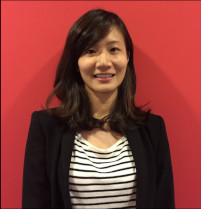 |
Tina Chang is a student in the Masters in Information Science Management program, Business and Data Analytics path, at Carnegie Mellon, with an interest in predictive modeling and exploratory data analysis. She graduated in December 2018. Her project involved RNA small molecule binding. |
 |
Alice Lee was a student in the Masters in Information Science Management program at Carnegie Mellon. She graduated in December 2018. Her interests include data analytics and visualization. She worked on a dashboard displaying real-time visualization of Bridges data for the AI&BD group. |
 |
Anand Sakhare was a student in the Masters in Information Science Management program, Business and Data Analytics path, at Carnegie Mellon. He graduated in December 2018. His interests lie in deep learning, machine learning, and AI. |
